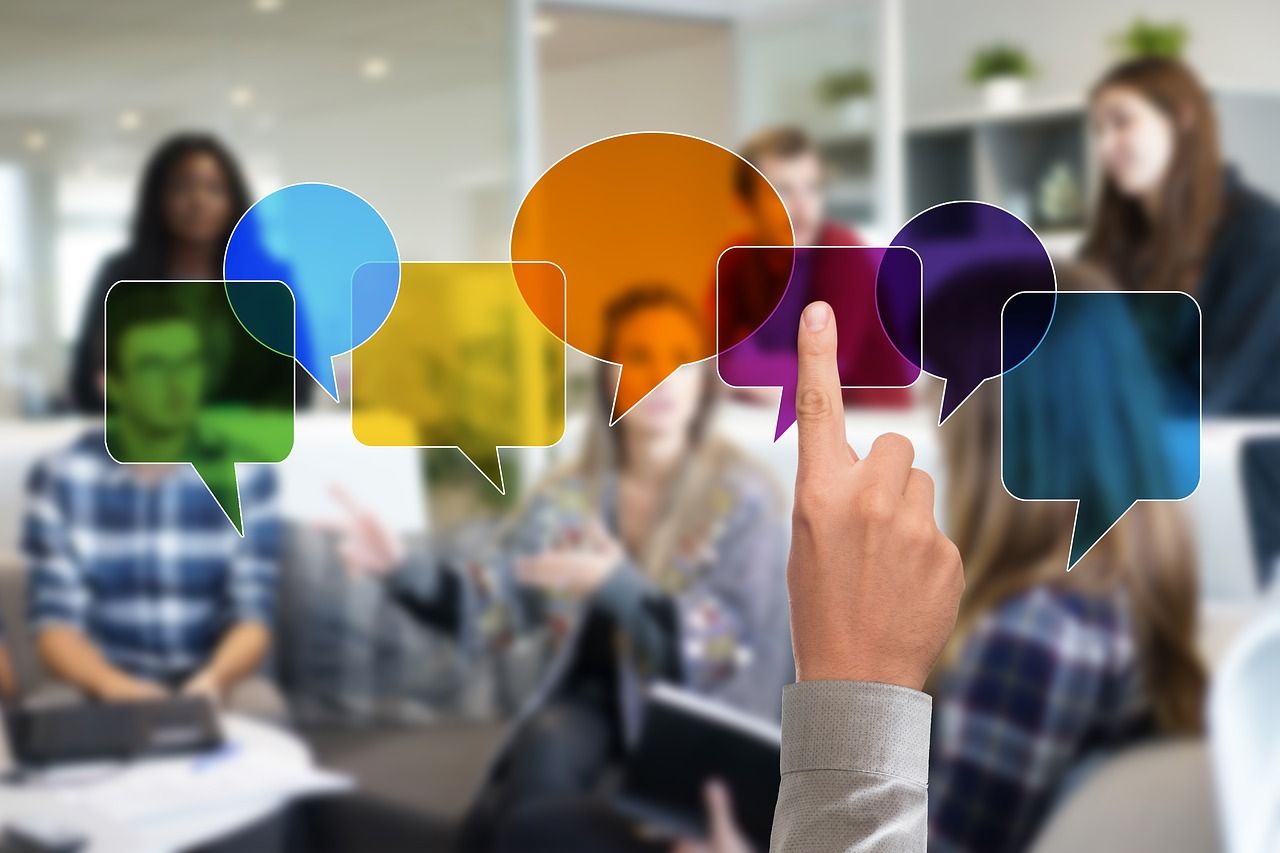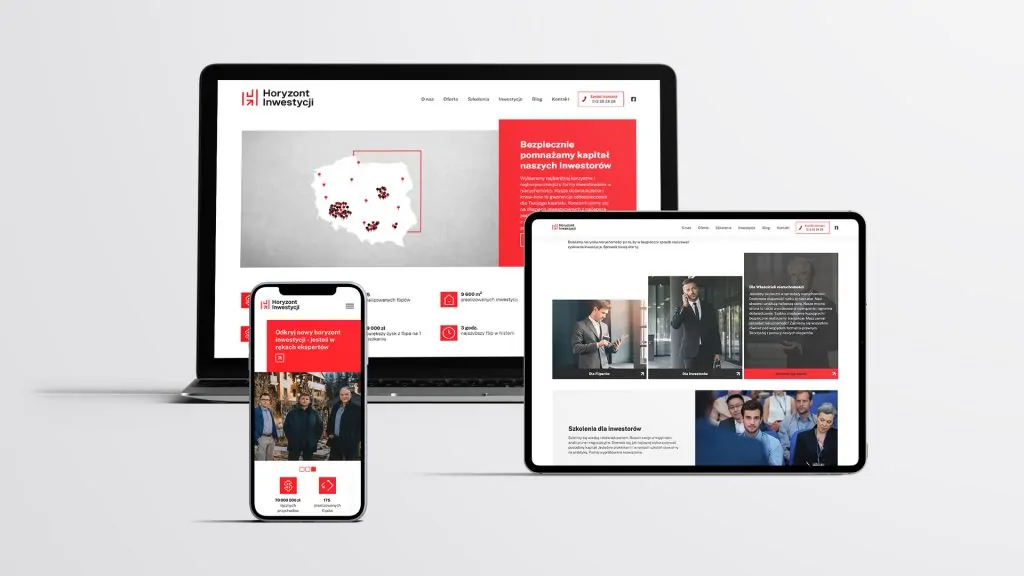The success of any organization depends on the skillful production, processing and transfer of information. Group communication allows for a dynamic and reliable exchange of information as part of the functioning of a specific group. It is one of the oldest social processes that accompanies man from the moment he began to organize more or less permanent structures.
Image campaigns are an essential part of marketing strategies. Contrary to appearances, they are not limited to the promotion of products or services. Their goal is to create a positive brand image that will be remembered by customers for a long time. Therefore, the image campaign should be well thought out and refined in every detail. From good logo design to relevant social media content. There are many examples of image campaigns, but they do not always achieve the desired effect.
It is essential that company image was consistent with its values and mission, and the image campaign was addressed to the appropriate target group. In addition, these campaigns can contribute to building relationships with customers and increasing their loyalty to the brand. Nowadays, when the competition on the market is very high, being recognizable and building trust in the brand is crucial for business success. Group communication plays an important role here.
The role of communication in the group
The group communication system is made up of a team of people who work together and are dependent on each other, who are united by the pursuit of common goals. M. in. that's what it is internal employer branding. Collaborating as a team leads to greater economic benefits. It activates many original ideas for action and initiation, provided that it is based on the knowledge of a common goal, a sense of belonging, knowledge of what we want to achieve and what we are responsible for, as well as mutual trust and prioritizing cooperation over competition.
Effective communication Group work primarily includes jointly agreeing on issues related to the work of the team, sharing information, listening to each other and looking for the causes of problems and ways to solve them.
What is group communication?
If we want to build effective group communication, first of all, we should strive to build an effective one employee team. One that is characterized by proper leadership, properly selected competences and skills of individual team members, supporting people's involvement, and clearly defined roles and procedures for team activities.
The purpose of group communication is to exchange thoughts, share knowledge, information and ideas. All of this is done using different channels and different tools. Each communication process consists of many closely related elements that determine the dynamic and transactional nature of the message. Communication therefore means not only transmitting information, but also making something common, connecting with someone or participating in something. It creates an act by which group norms are expressed, social control is exercised, roles are assigned, and collective efforts are coordinated.
They decide about the form of the group communication system
factors such as:
- system participants, their composition, structure and features,
- control of messages transmitted in the system and
ways and methods of their distribution,
- sources and routes of information inflow to
system, senders and recipients,
- the nature of contacts between members of the system,
- rules, norms, patterns of behavior of system members.

Communicate effectively - how?
Employees belong to many different formal and informal groups. They participate in various communication systems based on specific norms and habits of conduct. They usually exist in an organization communication channels formal (official) and informal. Formal channels are used by management to communicate information to employees and vice versa. Informal communication channels they are used for communication between people individually, within a group, between groups and departments.
In modern management, hierarchies and formal structures are increasingly being replaced by teams and team work. This allows for the parallel consideration of problems and the possibility of using a wider potential of employees' knowledge and experience. Effective group communication must therefore take into account the most important needs of team members. These include the needs for recognition, belonging, an appropriate climate and atmosphere, security, companionship, self-development and acceptance. It also requires this organizational culture of the company.
Does your company suffer losses due to ineffective employee communication?
Don't let it happen! Check how we can help you.
Does group communication need a leader?
“If you want to lead others to change, remember that a leader always steps ahead, faces the unknown, and paves the way for those who follow him."Will Bowen
A leader is a state of mind, not a job title. He is responsible for achieving the goals and the quality of the results of the work of the group he leads. The quality of communication rests on his shoulders. The leader not only communicates, but should also be able to control and provide feedback to employees. A team-oriented leader tries to motivate his subordinates to participate in decision-making and express their own opinions.
The basic principles of communication that help leaders build appropriate group communication include:
- the authenticity of the leader's attitude,
- the ability to present the goal and its value to team members,
- the ability to create a vision of the future,
- building commitment by conducting effective conversations, and not giving orders,
- focus on the needs of recipients, their views and points of view.
Effective and wise communication is constant learning. A leader must be better and better - for himself and his employees. Only this approach will motivate and support the team as well as inspire and develop its members.
Communication barriers
The process of group communication is based on interaction. Certain relationships are created between its participants, which may be of a partnership nature or based on a relationship of domination and subordination. It is a complex, multi-element and multi-phase process. Communication is irreversible, it cannot be undone, repeated or changed.
The process of group communication is subject to various kinds of disturbances. The information contained in the message may be poorly encoded, distorted in transit, or not properly decoded and received. Moreover, the goal that a given team has to achieve may be imprecise and unclear to all members of the group. Another obstacle is the lack of trust in the management or the feeling of incapacitation of employees. All of this can lead to unnecessary conflicts that destroy the group communication process.

Conflicts are a permanent element of the functioning of the organization and its complete elimination is impossible. Not all conflicts have only negative effects. They are often the beginning of many brilliant ideas, provided that team members have the right approach to conflicts.
The communication process itself, no matter what it concerns, must follow the rules of custom and correctness in accordance with the requirements of a given culture. As in the case of a brand, it is essential communication strategy with the environment, also in this case it is necessary to act according to a specific pattern. The wrong way to speak is that either both sides speak at the same time or nobody speaks, although the good talks require it. There is also a problem with inappropriate body language signals, i.e. non-verbal comments with a large load of inconsistency with what the exchange of words entails.
Worth knowing:
What are the main goals of image campaigns and how can they contribute to building a positive image of a brand or company?
Image campaigns are now an inseparable element of today's business. Their main goals are to increase brand recognition, attract new customers, build loyalty and, above all, build a positive image of the company. Why is a positive image so important? Well, it is based on trust, and this is the foundation of every business relationship. Image campaigns give us a chance to learn about the needs of consumers, convince them that our company is trustworthy and, most importantly, that it is the best choice for them. That is why it is worth investing in image campaigns that will allow us to stand out from the competition and strengthen our position on the market.
What are examples of effective image campaigns that have been successful in building and maintaining a positive image of the organization?
Image campaigns are not only a marketing tool, but also an important element of building and maintaining a positive image of the organization. Success in these areas is often difficult, but there are examples of successful campaigns. One of them is the Dove Real Beauty campaign, which focused on promoting the diversity and true beauty of women, contributing to building their self-confidence.

